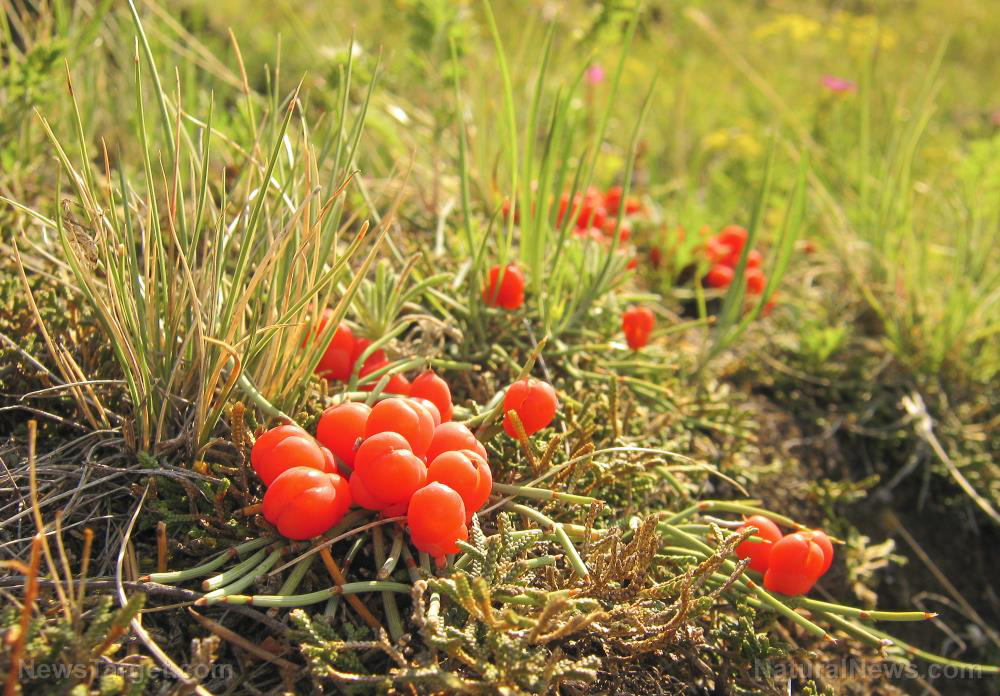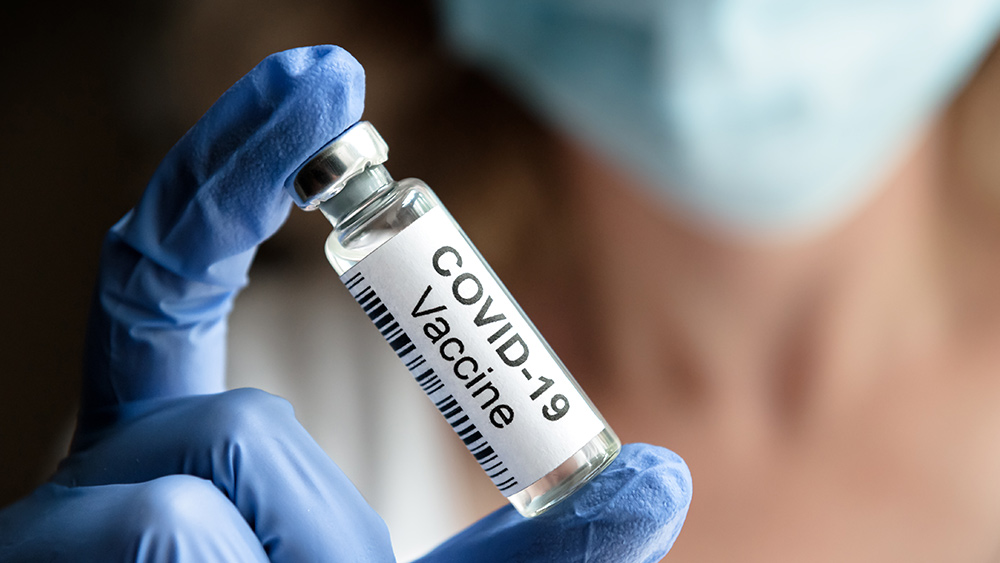Researchers discover evidence of HALLUCINOGEN use among ancient Europeans
04/14/2023 / By Kevin Hughes

Ancient Europeans were already experimenting with hallucinogenic drugs as early as 3,000 years ago, according to researchers who discovered evidence of the practice.
Researchers in Spain found proof of this in the form of human hair strands from a Bronze Age burial site in the island of Menorca. The strands collected from the Es Càrritx cave contained traces of hallucinogens acquired from plants. The latter may have been used as part of a ritualistic ceremony by shamans of that time.
Previous studies looking at drug use in ancient Europe have mostly depended on indirect evidence. Other signs of prehistoric drug use in the continent included opium alkaloids in Bronze Age containers, the remains of drug plants at ritualistic sites and drawings of drug plants on ancient cave walls.
According to the researchers, humans first inhabited the Menorca region about 3,600 years ago. They added that Es Càrritx holds a chamber they believe served as a funeral space for hundreds of years, until about 2,800 years ago. Earlier studies of this chamber indicate that roughly 210 people were buried in the area over the years.
Hair strands from particular persons were dyed red, placed in decorated wooden and horn containers, and put in a separate sealed chamber deeper in the cave. The Spanish researchers said these hair samples date back about 3,000 years.
They then examined these strands using ultra-high performance liquid chromatography and high resolution mass spectroscopy. They found the alkaloids atropine, scopolamine and ephedrine – plant chemicals that are still components of present-day medications and stimulants.
Plant alkaloids caused prehistoric shamans to see “visions”
Atropine and scopolamine are naturally discovered in the Solanaceae (nightshade) plant family and can cause delirium, hallucinations and altered sensory perception. Ephedrine is a stimulant obtained from several species of shrubs and pines, most notably the Ephedra family. This can boost excitement, alertness and physical activity.
Humans had come across the non-food properties of specific plants as early as the Paleolithic period, the researchers noted. Their findings showed that aside from Solanaceae and Ephedra, Bronze Age people from Menorca consumed many other alkaloid-bearing plants.
According to the researchers, the psychoactive substances identified in the hair strands were not suitable in relieving the painful conditions found in those buried in Es Càrritx such as dental abscesses, severe caries and joint diseases. The potentially toxic alkaloids in the hair strands appear to have been handled, used and applied by someone with highly specialized knowledge. (Related: Archaeologists discover COCAINE and other psychotropics in the 1,000-year-old belongings of a South American shaman.)
They proposed that only shamans possessed this knowledge as they were able to control the plant drugs’ side effects through an ecstasy. Concentric circles on the wooden containers where the strands were kept may have depicted eyes, and could also have been a metaphor for inner vision related to a drug-induced altered state of consciousness.
The study authors think cultural changes about 2,800 years ago led to the end of hallucinogenic ceremonies and the Bronze Age people may have closed the wooden containers in the cave to preserve their ancient traditions.
Watch Neal Sendlak and Dr. Ammon Hillman discuss the use of ancient drugs in the video below.
This video is from the Pool Pharmacy channel on Brighteon.com.
More related stories:
Scientists discover HIDDEN PHARMACY in ancient limestone caves.
Powerful anti-HIV medicine discovered in Asian herb that might out-perform all synthetic drugs.
Too good to be true: Is kratom a breakthrough treatment or a dangerous drug?
Natural alkaloids extracted from daffodils discovered to have anti-cancer effects.
Do nightshade plants contribute to inflammation in susceptible individuals?
Sources include:
Submit a correction >>
Tagged Under:
ancient history, breakthrough, bronze age, discoveries, Es Carritx, hallucinogen, hallucinogenic drugs, history, phytonutrients, plant alkaloids, plant medicine, prehistoric shamans, psych drugs, real investigations, research, visions
This article may contain statements that reflect the opinion of the author




















